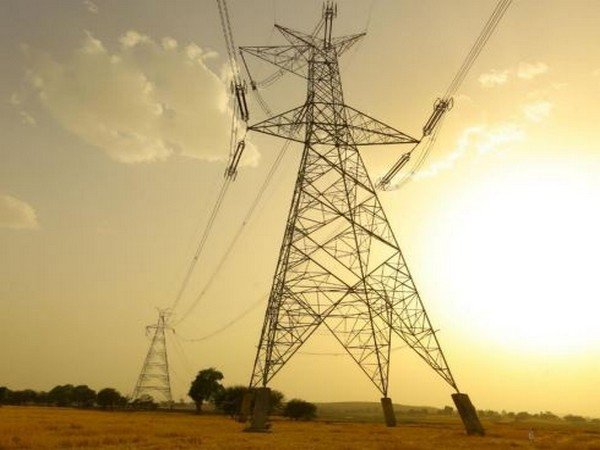The dynamics of power pricing and demand in India have seen significant shifts in the first week of March, driven by a combination of factors including increased supply and easing demand. This has led to a decline in the market clearing price on the Indian Energy Exchange (IEX), providing insights into the evolving energy landscape of the country.
According to data from the IEX website, the market clearing price on the exchange stood at ₹3.69 per unit in the first week of March, down from ₹4.90 per unit in the previous month. This decline reflects a trend of lower prices amid improved supply conditions.
One of the key drivers of this trend is the surge in sell-side liquidity on the exchange, which has increased by nearly 90% in the initial five days of March. This surge can be attributed to capacity additions in both thermal and renewable energy sources, with approximately 7 GW of thermal capacity installed in 2023 alone. The availability of power for sale has outpaced demand, resulting in downward pressure on prices.
Sell-side liquidity, which refers to the availability of power for sale, has been robust, with sell bids outnumbering buy bids by a significant margin. The volume of sell bids on the exchange has been substantial, indicating a surplus of power in the market.
The increase in supplies has been accompanied by a decline in demand, as the winter season fades away. Peak power demand has moderated compared to the previous month, contributing to the easing of prices. However, this decline in demand is expected to be temporary, with the onset of warmer temperatures likely to drive up electricity consumption in the coming months.
The India Meteorological Department has forecasted a warmer start to the summer season, with higher-than-normal temperatures expected in several regions. This could lead to an increase in cooling-related electricity demand, particularly in states prone to heatwaves.
Despite the current easing of demand, concerns remain about the adequacy of fuel supply for thermal power plants. While coal stockpiles are currently sufficient, logistical challenges and declining hydroelectric generation pose risks to power generation capacity. The power ministry has mandated imported coal-based plants to continue blending imported coal to ensure fuel security.
Looking ahead, the medium-term outlook for power demand remains positive, driven by economic growth and the approaching summer season. However, challenges such as declining hydroelectric generation and fuel supply constraints need to be addressed to ensure energy security and reliability.
The decline in power prices in the first week of March reflects a balance between increased supply and easing demand dynamics. While the short-term outlook remains favorable, long-term sustainability will depend on addressing underlying challenges and ensuring adequate investment in infrastructure and renewable energy sources.












